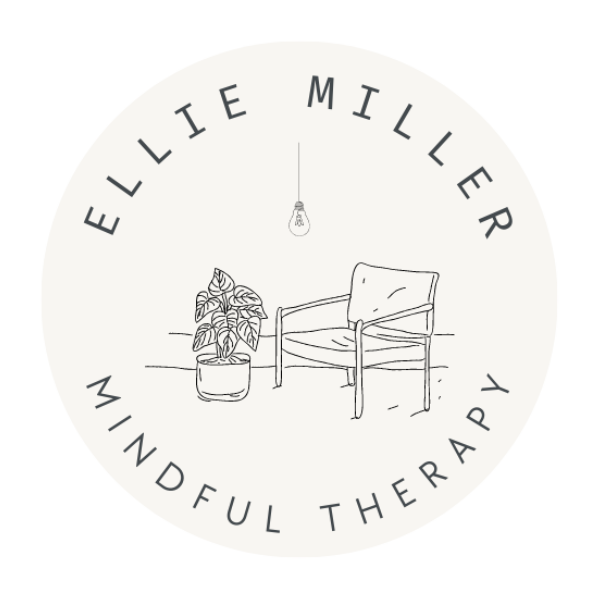12 Ways to Practice Mindfulness for the Chronically Overbooked
Feeling Overwhelmed by the Clock?
We've all been there. Staring at our crammed calendars, feeling the pressure of unchecked boxes on our to-do lists, and wondering where the day went. In the midst of our fast-paced lives, taking a moment for mindfulness can seem like a luxury we simply can't afford.
But what if the solution to time scarcity is not doing more, but being more present?
The Vicious Cycle of Busy-ness
It's one of life’s great ironies: the times we need mindfulness the most are often when we feel we can least accommodate it.
When stress builds, our minds race, making us feel like we're running out of time.
This perception of time scarcity feeds back into our stress, and so the cycle continues, with our well-being and peace of mind as collateral damage.
Breaking the Cycle: 12 Ways to Practice Mindfulness in Small Moments
The good news? Mindfulness doesn't require hours of silent meditation each day; it's about quality, not quantity.
It's about finding pockets of peace within the chaos. Here are twelve simple ways to weave mindfulness into the fabric of your bustling schedule.
Mindful Morning Sips
As you drink your morning coffee or tea, fully engage with the experience. Notice the temperature, the taste, the sensation of the liquid moving through your mouth, and down your throat.
Red Light Meditation
Use red lights or traffic jams as a reminder to take deep breaths. With each stop, notice your breath and the sensations in your body.
Conscious Commuting
Whether you're driving, walking, or on public transit, pay attention to the act of traveling. Feel your feet on the ground, your hands on the wheel, or the rhythm of the train.
Email Mindfulness
Before you start typing, take a moment to breathe. With each email sent, pause to release any tension in your body.
Walking Meetings
If possible, have meetings while walking. The physical movement can help keep you anchored in the present moment.
Mindful Eating
Take the first few bites of any meal in silence. Savor the flavors, textures, and smells of your food.
7. Gratitude Pauses
Throughout the day, briefly think of one thing you're grateful for. This can instantly bring you to the present and shift your perspective.
8. Cue-Based Check-Ins
Associate mindfulness with a specific action you do often, like opening a door or checking your watch. Use this as a cue to take a breath and center yourself.
9. One-Minute Breathing Space
Dedicate just one minute every hour to deep breathing. It's short enough not to disrupt your workflow but powerful enough to reset your mind.
10. Mindful Listening
When someone is speaking to you, really listen. Notice their words, tone, and your own reactions without judgment.
11. The Five-Senses Exercise
When you feel overwhelmed, take a quick inventory of your five senses. What do you see, hear, smell, taste, and feel? This brings you back to the now.
12. Bedtime Reflections
End your day by reflecting on three things that happened which you were present for. This reinforces the habit of mindfulness and sets a peaceful tone for sleep.
Incorporating these small acts of mindfulness into your day doesn't require extra time—just a shift in attention. And as you practice, you may find that what once felt like an overcrowded schedule becomes a series of opportunities to connect with the present.
Making Mindfulness Stick: Setting Your Intention
In the tapestry of daily life, each thread of mindfulness you weave in strengthens the whole. But to truly integrate these practices into your routine, start with intention.
Choose Your Mindful Moment:
Select One Practice: Begin by choosing just one of the twelve practices. Which one speaks to you right now?
Set a Daily Reminder: Whether it’s a sticky note on your mirror, a phone alarm, or a calendar alert, create a prompt that will nudge you to follow through.
Commit to a Time Frame: Decide if you’re trying this for a day, a week, or even a month. Starting small can lead to big changes.
Reflect on Your Journey:
Take Notes: Jot down any changes you notice. Are you feeling calmer? More present?
Adjust as Needed: If one practice doesn't quite fit your lifestyle, try another. Mindfulness is personal, and the best practice is the one that you'll do consistently.
Embrace the Process
Remember, mindfulness is a practice, not a perfection. Some days it might feel natural, and other days it might feel like a stretch. That's all part of the journey.
By setting the intention to incorporate even a single, simple act of mindfulness into your day, you're taking a powerful step toward a more present and peaceful life.
Hey there, I'm Ellie, a Baltimore therapist helping couples and women with anxiety and couples with communication.
Want more tips? Join The Detangler, my weekly newsletter.
In Maryland or Virginia? Reach out to see if we're a good therapy fit!









